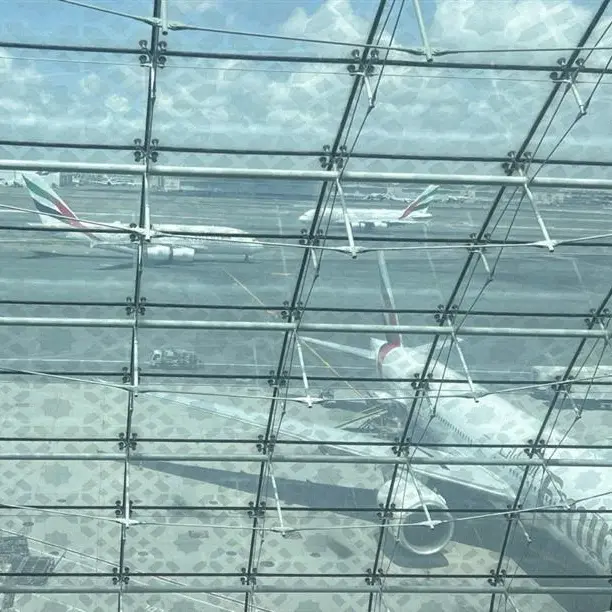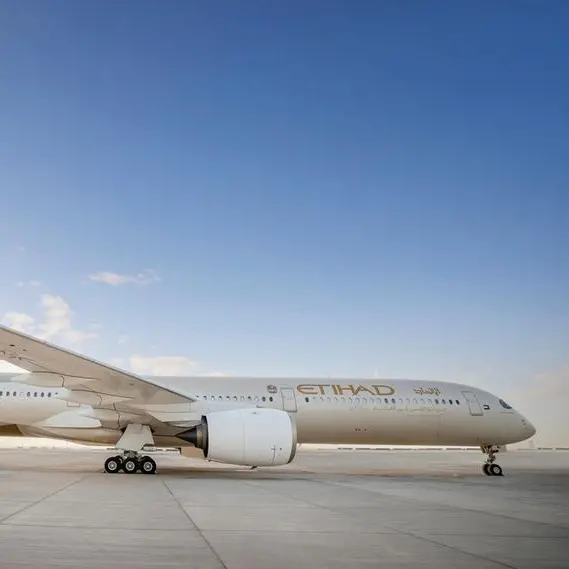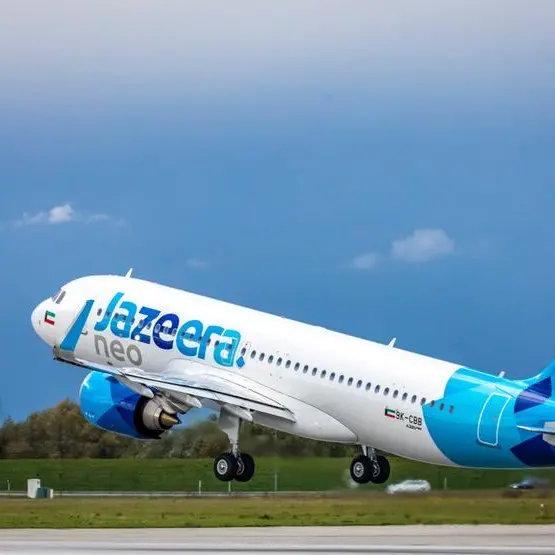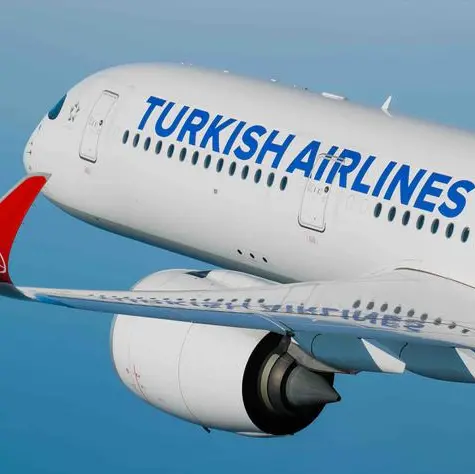PHOTO
Airports in the Middle East will need to invest $151 billion in capacity expansion as travel demand is set to surge over the next several years.
The global air passenger demand is expected to increase more than two-fold over the next 20 years, from 9.2 billion passengers in 2019 to around 19 billion in 2040, according to ACI, an international body of airport operators.
The Middle East, including Asia Pacific, will see passengers growing to around 11 billion by 2040, representing 58% of the global volumes, so there is a need to expand airport capacity.
“This necessitates an investment totalling $2.4 trillion for [Middle East and Asia-Pacific] airports until 2040 to accommodate this growth,” ACI said on Thursday.
Failure to expand airport capacity will be costly, ACI said. It said that for each one million annual passengers foregone due to lack of airport capacity in 2040, an average of 10,500 jobs will be lost and the gross domestic product (GDP) will drop by $346 million.
Recovery
The aviation industry continues to recover from the COVID-19 slump despite ongoing global headwinds and geopolitical instability. Passenger demand has been rising since the lifting of travel restrictions.
However, the war in Ukraine, rising oil prices and inflationary pressures are still “casting a shadow on the overall recovery of the industry”, according to ACI.
“The consistent improvement in passenger volumes… is a positive indication of a sustained recovery of the industry following prolonged efforts towards rebuilding passenger confidence in air travel,” said Stefano Baronci, Director General of ACIA Asia-Pacific.
There have been plans to build new airports from scratch to accommodate growing passenger volumes. Around the world, around 300 new airports have been proposed.
Out of the planned airports, 57% are in Asia Pacific alone, while South Asia accounts for 18%, Southeast Asia 17% and Emerging East Asia 12%, according to ACI.
(Reporting by Cleofe Maceda; editing by Seban Scaria )





















